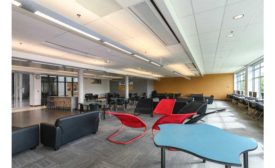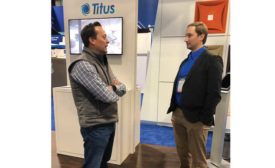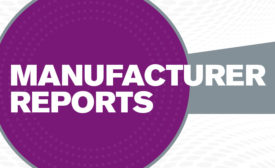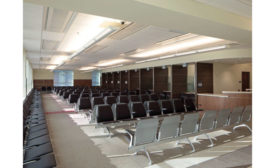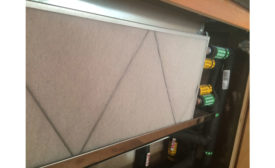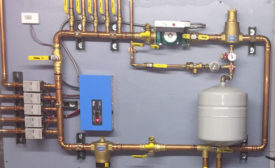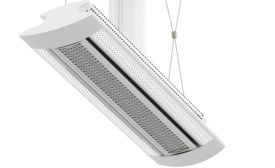Home » chilled beams
Articles Tagged with ''chilled beams''
LEED Gold lab is teaching tool for high-efficiency HVAC
Read More
Chilled Beam Applications Grow in U.S. Market
Systems could provide clean air possibilities post COVID-19
Read More
Customers Experience Titus HVAC Products in Augmented Reality
Company highlights air distribution products
Read More
Multi-certified LEED Platinum Building
The HVAC system is at the heart of sustainability
April 3, 2017
Old Induction Units: Tear Out or Replace?
Facility managers face critical decisions when replacing aging induction units
March 20, 2017
Chilled Beam Sales Are Heating Up
Government, health care, and educational applications are ideal settings
Read More
Radiant Products Aim for Efficiency, Sustainability
Heating, cooling, and snow melt systems demonstrate radiant’s versatility
Read More
Copyright ©2024. All Rights Reserved BNP Media.
Design, CMS, Hosting & Web Development :: ePublishing


